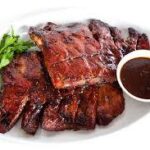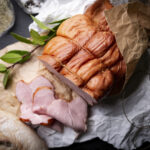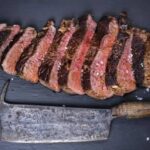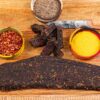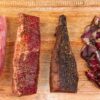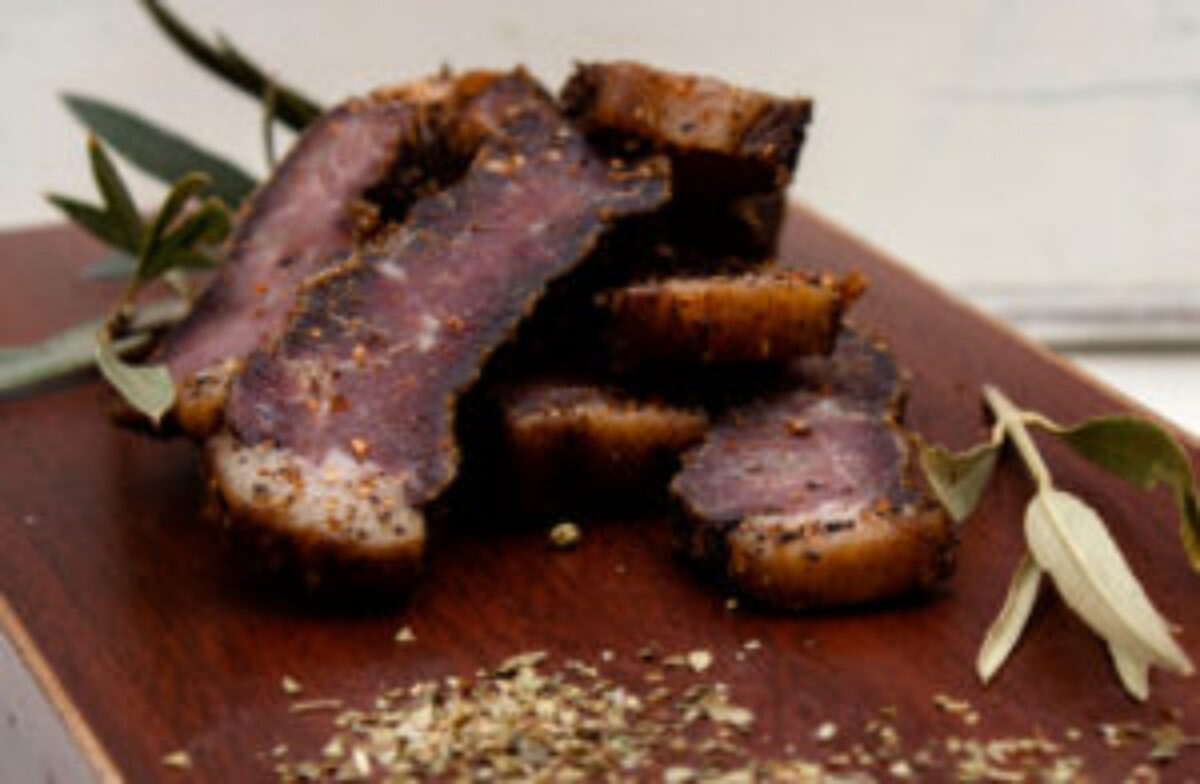
What are the Major Differences Between Biltong and Jerky?
As the demand for biltong is increasing even outside South Africa, several people ask the main difference between biltong and jerky. Both are different products, and different procedures manufacture them. The main similarity is that they both are dried meat snacks. You can easily identify both the items by the way they look, how they are made (including both the processes and ingredients), taste and texture. The nutritional value of jerky and Biltong in Perth are also different.
However, both are great as snacks in terms of nutritional value, and their origin dated back to the early expeditions for discovering several new territories. Apart from these, both can be made with meat items other than beef. These are also available with wild meat options like deer, impala, kudu, eland, ostrich, and so on.
Now, going further, it is very important to know the difference between these two food items. Here are some of the points that will describe how these two snacks are dissimilar-
- Appearance
Biltong is generally made in larger pieces, and they are either sold in large pieces or first cut into smaller ones that are then sold in preserved packets. It can also be made in thinner sticks or strips that are dried easily than the larger ones.On the other hand, the jerky is thinner and flatter as compared to biltong. It is generally cut in a square or a rectangular shape. It is made from ground beef and squeezed into a rectangular strip shape. It is mainly called the meat “sticks.” - The Preparation Technique
For biltong, it has no added preservatives. Earlier, this dish was made in South Africa as there was a demand for dried preserved meat among the people who went for longer trips in the interior of South African forests. Vinegar, salt, and other spices are added in biltong and mixed, and the meat piece is dried and cured. In the processing of this meat, vinegar is used for curing, and it also helps in adding flavour to the item.The main difference between the procedure of making the biltong and jerky is that the former is made in the absence of heat. A cooler climate is preferable in making the biltong. So, if you are making this snack in a humid climate, you should be careful about the temperature. It is air-dried for a week by hanging the spiced and cured pieces of meat vertically from the hooks. The drying takes around 4-5 days for small or medium pieces, and for the larger pieces, they take about 14 days to dry up completely.On the other hand, jerky is also dried but without the addition of any vinegar and salt. The jerky is cooked in the dehydrator for about 6-12 hours or more. Jerky can also be dehydrated in the smoker, sun-dried, oven, or even air-dried. Jerky can be made from whole meat or minced meat.
- Nutritional Value
The most common question is- how much protein content in Biltong in Perth or jerky? A 100 grams of beef biltong has 60 grams of protein, where 94% of protein is mainly digestible, which means the body will absorb almost all the protein content in Biltong.In the case of jerky, 100 grams of beef contains 33 grams of protein. An added benefit of jerky is that it is made in a lean cut which can be trimmed for excessive fat.
These are the major differences between jerky and biltong. If you want to order good quality beef biltong, you can place your order at Mufasa Biltong, one of the trusted platforms that provide Biltong, smoked sausages, and boerewors. – www.mufasabiltong.com.au





